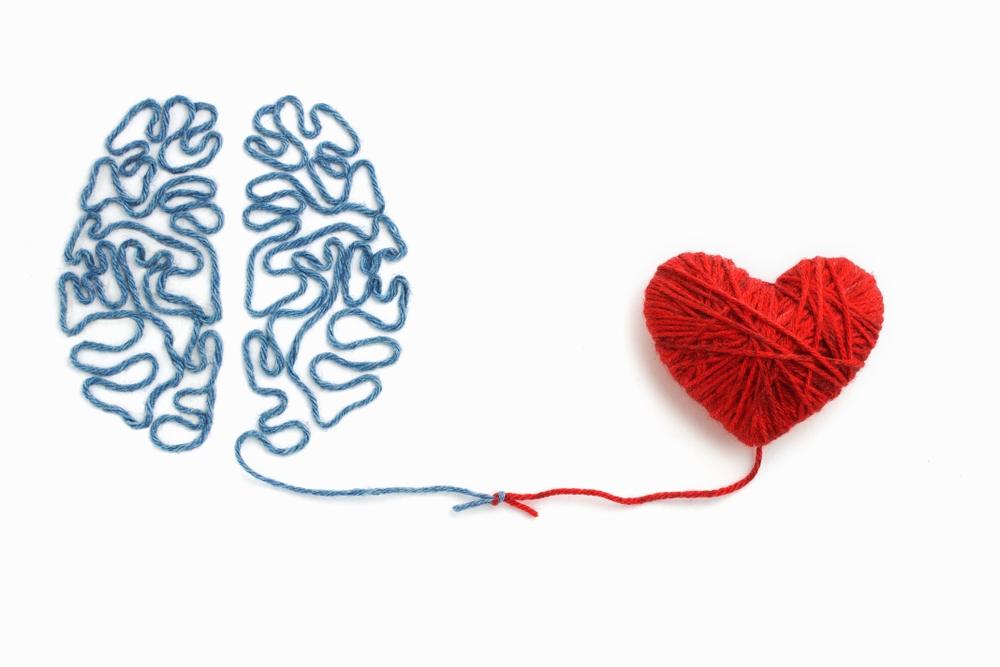Hugging and cuddling kills depression, relieves anxiety, and even strengthens the immune system — here’s why you should do it more often!
Last updated on
In a world that often feels like it’s all about screens and notifications, the simple act of holding someone close can feel pretty amazing. It might seem like a small thing, but science actually shows that these moments of physical touch—whether it’s a warm hug, a snuggle, or just holding hands—are incredibly powerful. They can help calm us down, ease our worries, lift our mood, and even make our bodies stronger against getting sick. Research has shown again and again that our bodies respond to touch with a whole bunch of good things, from releasing “feel-good” chemicals to actually improving our physical health.
Even though our modern lives often keep us physically apart, our need for touch hasn’t gone away. In fact, in a time when many of us are stressed and feeling isolated, it might be more important than ever. Affectionate touch is one of the oldest ways we communicate, going back long before we had language and crossing every culture. It’s a quiet way of saying “I’m here for you” and also something our bodies are naturally built to give and receive.
The Brain’s Chemical Response to Closeness
When you get a hug, a gentle pat on the back, or just hold someone’s hand, your brain gets a little boost. It releases important chemicals: oxytocin, which is often called the “bonding hormone”; dopamine, which gives us that feeling of pleasure and reward; and serotonin, which helps us feel happy and less anxious. These chemicals all work together to make us feel calm, safe, and connected, which is why a hug can so often turn our day around. In fact, some studies say that a hug that lasts for six seconds or more releases the most oxytocin and serotonin, which really makes a difference in our mood.
The good stuff doesn’t stop with our emotions, either. When you have more serotonin, your immune system works better, and oxytocin can actually help lower the amount of cortisol—the main stress hormone—in your body. By helping your nervous system relax and reducing inflammation, getting regular, loving touch can support your health and make you more resilient to illness.
Dr. Tiffany Field, who runs the Touch Research Institute at the University of Miami, has found that when we activate pressure points through touch, it can slow our heart rate, lower blood pressure, and even get our immune system going. It’s an amazing reminder of how much our mind and body are connected.
All of this is even more powerful when you’re touching people you trust and care about. Gentle, positive physical contact signals to our brain that we’re safe, which gives us a stronger sense of belonging and helps us feel grounded. So those moments of shared touch are more than just gestures; they’re tiny health boosters for both our minds and our bodies. In just a few seconds, a hug can offer comfort, release tension, and quietly strengthen your body’s defenses—a simple but powerful reminder of how much we need each other.
A Universal Language of Stress Relief
When we’re stressed, our body’s fight-or-flight mode kicks in. Cortisol floods our system, our heart races, blood pressure goes up, and we get focused on whatever is causing the problem. This is great in an emergency, but when it’s happening all the time, it can lead to exhaustion, anxiety, and even make us more likely to get sick. That’s where physical touch comes in as a perfect counterbalance. A warm hug or a few minutes of closeness can signal to the brain that it’s okay to relax. Oxytocin is a hero here, as it reduces cortisol levels and helps us feel calm, while also activating our body’s “rest and digest” mode.
This isn’t just a theory; we see it happen every day. Most of us can remember a time when, after a really bad day, being held by a friend or loved one brought instant relief. It’s that moment when your shoulders drop, your breathing slows, and your mind feels less chaotic. These effects aren’t just for adults, either.
Children who get regular, loving touch tend to have less anxiety and are better at dealing with tough situations. Touch is a real, tangible way to feel supported and connected, especially when words just aren’t enough.
Even a quick touch helps, but a longer touch goes even deeper. Research suggests that holding a hug for more than a few seconds releases the most oxytocin, which creates a stronger sense of security and trust. In this way, physical touch is a quiet, nonverbal form of stress management—one that doesn’t need any special equipment, just a willingness to connect. When you do it often, it becomes a simple but effective way to keep anxiety at bay and feel more balanced.
Building Deeper Connections Through Physicality
Besides the benefits for our health, touch is a key part of any healthy relationship. In Gary Chapman’s book, The Five Love Languages, he explains that physical touch is one of the main ways people give and receive love. For people who feel loved this way, consistent affection isn’t just nice—it’s essential to feeling valued and safe. Touch communicates care and intimacy without words, strengthening emotional bonds in ways that talking alone can’t.
Couples who regularly hug, cuddle, or hold hands often say they feel more connected and happier in their relationships. This is partly thanks to the chemical effects of touch—oxytocin not only helps with bonding but also builds trust between two people. Over time, these repeated moments of closeness create a shared feeling of safety and belonging, which becomes a strong foundation for getting through tough times together. Touch can also help bridge the gap during arguments, offering a physical reminder of your connection even when emotions are high.
And these benefits aren’t just for romantic partners. Friendships, family relationships, and even our bonds with pets can be made stronger through physical closeness. Many pet owners, for instance, experience that same oxytocin release when cuddling with their animals, and the animals feel it too. These interactions reinforce mutual affection and loyalty, showing that touch is a universal language of care that goes beyond species. Whether it’s between partners, parents and children, or humans and their pets, regular physical connection deepens emotional ties in powerful, lasting ways.
The Foundation of Human Development
For babies and their parents, physical touch isn’t just good for you—it’s crucial. Right after birth, skin-to-skin contact helps a baby regulate their temperature, heart rate, and stress levels, while also releasing oxytocin in both the parent and child. This hormone helps with milk production and creates feelings of warmth, relaxation, and attachment, which builds the foundation for their bond. In those first few weeks of life, these moments of closeness don’t just create an emotional connection; they also lead to healthier physical development.
The benefits of early touch last well beyond infancy. Babies who get a lot of gentle physical contact tend to have more stable sleep, stronger immune systems, and better brain and emotional development as they grow up. On the other hand, a lack of loving touch in early life has been linked to developmental delays and a higher stress response. That’s why neonatal care units around the world are increasingly focused on “kangaroo care”—extended skin-to-skin holding—to support the health of premature babies.
Fathers, adoptive parents, and other caregivers are also a huge part of this. Bonding through consistent touch—during feeding, soothing, or playtime—helps a child feel safe and secure. These early interactions set the stage for how children experience relationships for the rest of their lives, showing that affectionate touch is a basic need, not just a nice-to-have. From the very first moments of life onward, physical closeness is both a comfort and a way to encourage healthy growth.
A Gentle Reminder to Embrace Connection
In a world where we spend so much time on our phones and computers, it’s easy to forget just how important physical closeness is. But the science is clear: touch is a fundamental part of being human. It helps us stay emotionally stable, reduces our stress, strengthens our relationships, and even gives our immune system a hand. Reaching out to hug someone isn’t a luxury—it’s a form of care that helps everyone involved.
Adding more intentional touch into your day doesn’t have to be a big deal. It can be as simple as greeting a loved one with a hug, sitting close on the couch, or holding hands during a conversation. For those who don’t have many chances for human touch, interacting with pets, getting a massage, or even mindful self-touch (like placing a hand over your heart) can help create similar positive feelings in your body.
The simple lesson is this: don’t wait for a special occasion to connect physically. In moments of joy, sadness, or just the quiet routine of everyday life, these small acts of closeness can have a lasting, positive effect on how you feel. In a time when many of us feel increasingly alone, choosing to offer a real hug or hold someone’s hand is not just a kind gesture—it’s a conscious step toward building a healthier, more connected world.
Some of the links I post on this site are affiliate links. If you go through them to make a purchase, I will earn a small commission (at no additional cost to you). However, note that I’m recommending these products because of their quality and that I have good experience using them, not because of the commission to be made.


































 JOIN OVER
JOIN OVER
Comments